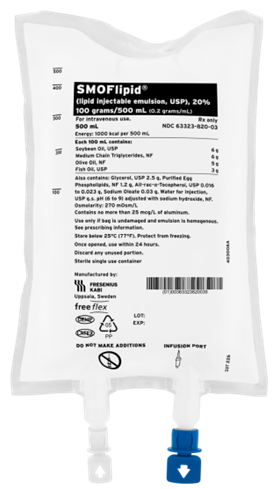A nurse is teaching the family of a client who has a new diagnosis of epilepsy about actions to take if the client experiences a seizure. Which of the following instructions should the nurse include in the teaching?
"Place the client on his back."
"Restrain the client."
"Insert a padded tongue blade into the client's mouth."
"Move objects away from the client."
The Correct Answer is D
Moving objects away from the client is an important action to take during a seizure, as it can prevent injury and protect the client from harm.
"Place the client on his back." is not correct, as it can cause airway obstruction and aspiration. The client should be placed on his side, preferably in a lateral recumbent position, to allow saliva and secretions to drain from the mouth.
"Restrain the client." is not appropriate, as it can cause injury, increase agitation, or prolong the seizure. The client should be allowed to move freely during a seizure, but supported and guided away from hazards.
"Insert a padded tongue blade into the client's mouth." is not advisable, as it can cause oral trauma, choking, or damage to the teeth. The client should not have anything inserted into his mouth during a seizure, as he cannot swallow or bite his tongue. The nurse should ensure that the client's airway is clear and patent.
Nursing Test Bank
Naxlex Comprehensive Predictor Exams
Related Questions
Correct Answer is ["75"]
Explanation
To calculate the infusion rate, divide the volume of fluid by the time in hours. In this case, 1800 mL / 24 hr = 75 mL/hr.
Round the answer to the nearest whole number and use a leading zero if it applies.
Do not use a trailing zero because it could be misread as a decimal point. Therefore, the nurse should set the IV pump to deliver 75 mL/hr.

Correct Answer is A
Explanation
The nurse should identify that this client has multiple risk factors for cardiovascular disease, such as hypertension, obesity, and smoking. These factors can increase the risk of atherosclerosis, coronary artery disease, stroke, and peripheral vascular disease.
Depression is wrong because it is not directly related to the client's physical examination findings. Depression may have other risk factors, such as genetics, stress, trauma, or substance abuse.
Thyroid disease is wrong because it is not directly related to the client's physical examination findings. Thyroid disease may have other risk factors, such as autoimmune disorders, iodine deficiency, or radiation exposure.
Testicular cancer is wrong because it is not directly related to the client's physical examination findings. Testicular cancer may have other risk factors, such as cryptorchidism, family
Whether you are a student looking to ace your exams or a practicing nurse seeking to enhance your expertise , our nursing education contents will empower you with the confidence and competence to make a difference in the lives of patients and become a respected leader in the healthcare field.
Visit Naxlex, invest in your future and unlock endless possibilities with our unparalleled nursing education contents today
Report Wrong Answer on the Current Question
Do you disagree with the answer? If yes, what is your expected answer? Explain.
Kindly be descriptive with the issue you are facing.
